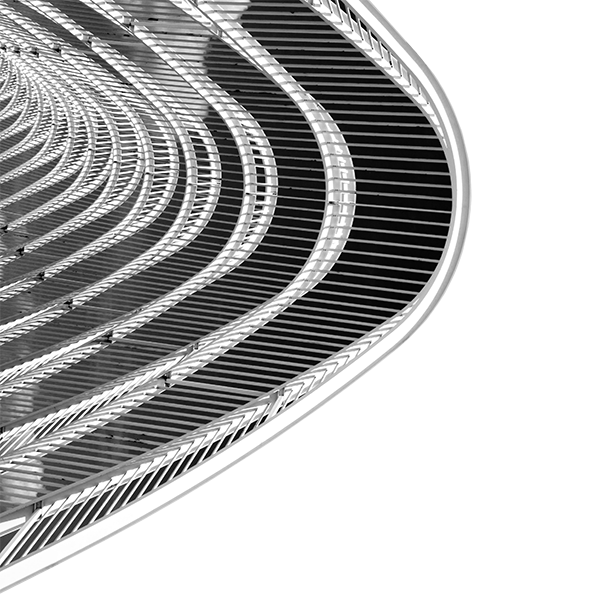Buzzing Bees are Adding an Electric Charge to the Atmosphere
When heading to space, electric discharges can kill a mission in a matter of seconds. Charge buildup can come from several sources, including precipitation. That includes rain, snow, sleet and even dust. At EMA, we simulate internal and external charging as well as electrostatic discharge. According to new research, there may be another source of electricity that we need to take a closer look at, swarming insects.
Scientists at the University of Bristol published new research in the journal iScience showing when bees swarmed there were changes to the nearby atmospheric electric field, on some instances equal to a thunderstorm.
“We propose a new perspective based on the idea that organisms that inhabit the lower atmosphere can act as a source of atmospheric space charge and associated atmospheric electrical variability,” the authors of the study wrote.
To get a closer look, they set up an electric field monitor and upward viewing camera near a bee swarm. During active times, they calculated an increase in the electric field anywhere from 100 to 1,000 volts per meter. Data also shows that the thicker the swarm, the more charged the electric field becomes.

Figure 1 Effect of honeybee swarms on the atmospheric potential gradient, PG
- Honeybees passing the electric field monitor at the experimental site.
- Finite element model illustrating the potential effect of a honeybee swarm on atmospheric PG (in V/m). Color scale truncated above 300 V/m.
“These observations support the hypothesis that large aggregations of aerial insects provide an important source of space charge in the atmosphere,” researchers say.
With the data, the researchers created a model to compare swarms of different insects with different types of meteorological events: semi-fair-weather clouds, storms clouds and electrified dust storms.
Researchers looked at swarms of grasshoppers and locusts because they can swarm on a “biblical” scale causing severe damage to agriculture.
The results show that desert locust swarms can produce charge densities equal in size to electrical storms.
In contrast, moths and butterflies are not a significant source of atmospheric electricity because of their low average densities. However, researchers say that extreme swarming events could potentially create a change that is equal to fair- weather clouds.

Figure 2 Charge densities of several swarming insect species and meteorological phenomena.
From top to bottom: honeybee, Lepidoptera, desert locust, semi-fair-weather clouds, thunderstorm clouds and electrified dust storms.
Researchers concluded that a large collection of swarming, migrating insects in the lower atmosphere enhances the movement of aerial particles, like dust. They say in their findings that “it could be speculated that insect-driven charged particle collection and transport could contribute to long-range transport of desert dust, proving alternative explanations for the transport of large particles, which cannot be explained by physical processes alone.”
Charged particles in the atmosphere can cause big problems for users of everyday electronics and those going into space.
In the aerospace industry, charges can build up from precipitation, radiation effects during the lightning attachment process or dielectric charging due to dense radiation environments. Your phone or laptop can experience discharges through the buildup of static electricity or short-circuits. The lack of risk assessment and management of electric discharges has led to space mission failures and large-sale electronics recalls resulting in billions of dollars in losses.
To combat these issues, EMA has developed Ansys Charge Plus (formerly EMA3D® Charge) to visualize charging and discharging phenomena. It is meant to be used to assess and manage the risks associated with excessive charge build up. The simulation software can be used in any product where electrification is a concern.
It targets these challenges:
- Finding when, where, and how an electric arc problem is created
- Predicting charge accumulation on satellites and space platforms
- Preventing catastrophic failure of satellites due to discharge events.
- Managing the consequences of electrostatic discharge in air and solid dielectrics
Ansys Charge Plus is capable of:
- Nonlinear air chemistry
- Material charging
- 3D particle transport
- Nearest neighbor approximations and iterative solvers
- Analytical time-varying voltage and current source
- Self-consistent coupling of solvers
- Time-varying plasma environments
- Radiation hardening
- Full-wave solutions in FDTD and FEM
To learn more about how Ansys Charge Plus can help with your electrical projects, click here
References:
Hunting et al., Observed electric charge of insect swarms and their contribution to atmospheric electricity, iScience (2022), https://doi.org/10.1016/j.isci.2022.105241

